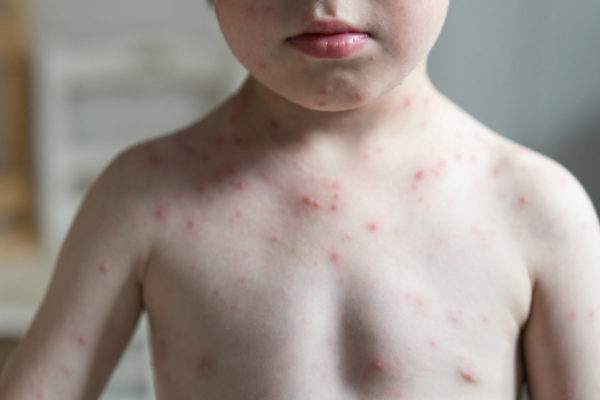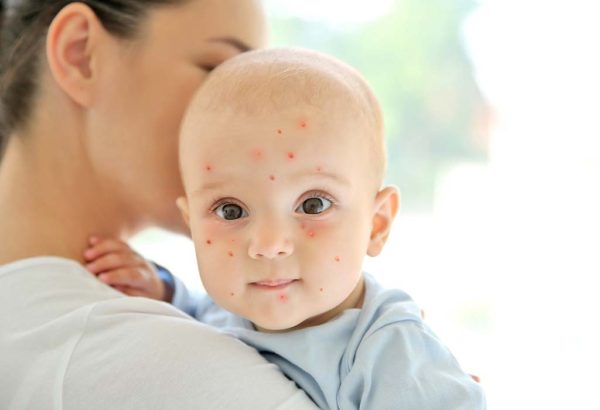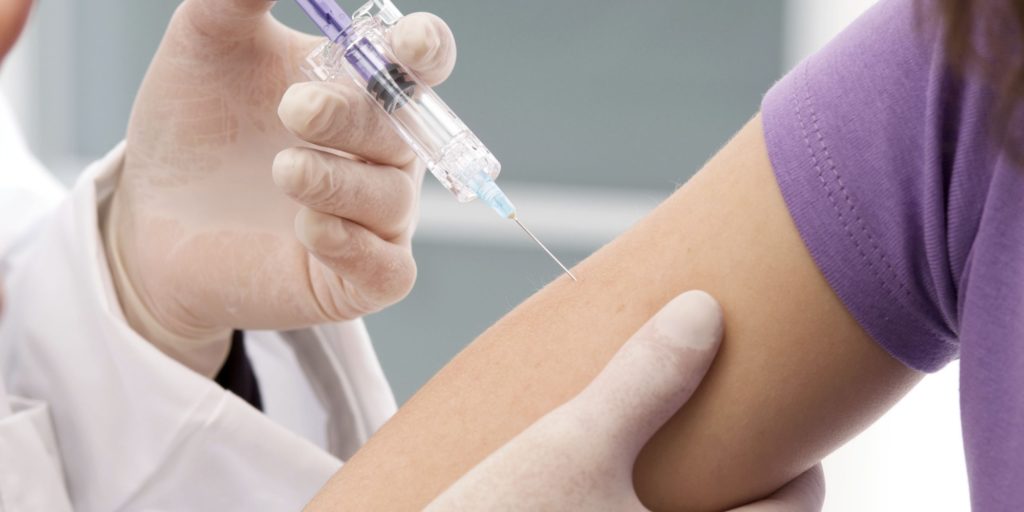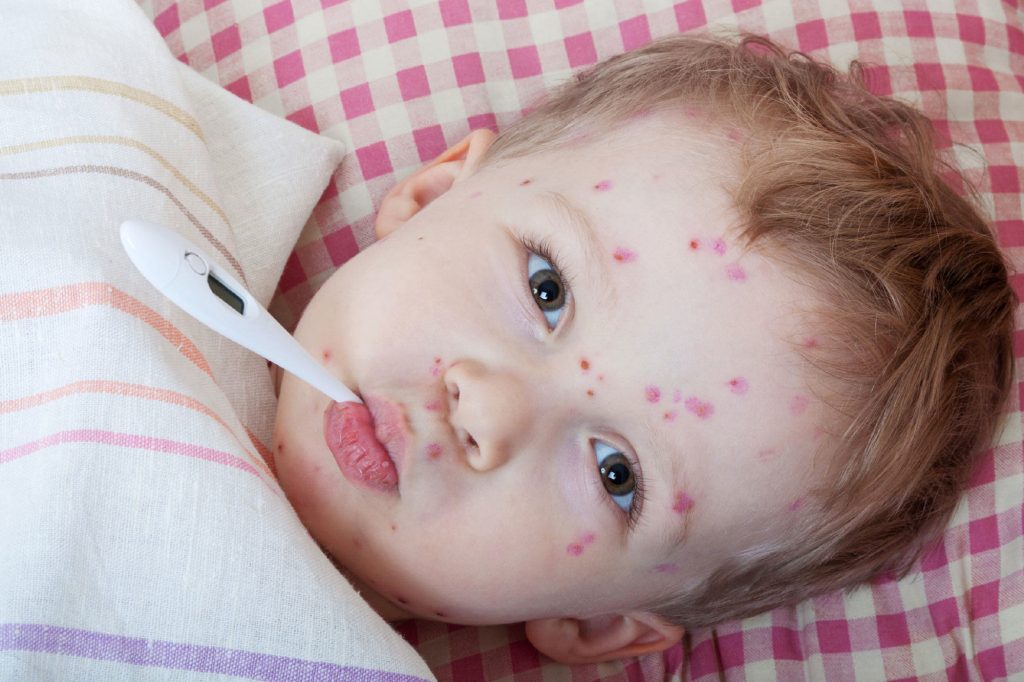Measles viral infection is an infection caused by a virus, which mainly results in damage to the respiratory tract. The main symptoms are a cough, runny nose, sore throat, fever, followed by a characteristic rash that gave its name to the disease.
Who is affected?
In developed countries, measles has become rare since the generalization of vaccination in the 1980s. However, a resurgence of the disease was observed for some years in Europe and North America, due to insufficient vaccination coverage. In the world, this very contagious disease remains a scourge. It infects more than 20 million people each year, killing 164,000 people in 2008, mostly children under five years old. However, between 2000 and 2007, immunization campaigns decreased the number of measles deaths worldwide by 74%.

Causes of the disease
A virus of the paramyxoviral family causes measles. It is transmitted mainly by air when a person has a cough, cough, or sneeze. More rarely, the virus can also be transmitted by contaminated objects (toys, handkerchiefs, door handles, etc.).
Evolution and possible complications
In most cases, measles is a benign disease that heals spontaneously in a few days. There is, however, a risk of complications, especially in infants, pregnant women, people with malnutrition, or immune deficiency.
The most common complications are:
- Otitis
- Diarrhea
- Bronchitis or laryngitis
- Pneumonia
- Blindness (in developing countries)
- Encephalitis (inflammation of the brain), occurring either one to two weeks after the rash or 2 to 6 months later (mainly in people with immune deficiency).
- Pneumonia is the leading cause of childhood measles mortality. Encephalitis is rare (1 case in 1000), but is potentially fatal.
- There is also a particularly severe and rare form of encephalitis, subacute sclerosing panencephalitis, which occurs on average eight years after the measles episode in about 1 in every 100,000 people. It causes rapid dementia and death.

Symptoms of measles
The first symptoms appear about 10 (7 to 14) days after infection:
- Fever (about 38.5 ° C, easily reaching 40 ° C)
- Runny nose
- Red and watery eyes (conjunctivitis)
- Sensitivity to light in conjunctivitis
- Dry cough
- Sore throat
- Fatigue and general discomfort
- After 2 to 3 days of cough, appear
- Characteristic white spots in the mouth (Koplik spots) on the inner side of the cheeks
- A rash (small red spots), which begins behind the ears and on the face. It then spreads to the trunk and ends, then disappears after 5 to 6 days.
- The fever may persist and be quite high.
Attention, a person who contracted the measles virus becomes contagious from five days before the onset of the first symptoms and up to five days after the start of the rash.

People at Risk
Those most at risk of measles are unvaccinated people. Among them, some are particularly likely to suffer from a severe form of complications:
- Infants under one year of age and adults over 20 years of age
- People with immune deficiency
- People with malnutrition
- Pregnant women: In pregnant women, measles can have serious consequences for the fetus, increasing the risk of miscarriage and premature delivery. It also exposes the mother to severe respiratory complications, which may require hospitalization.

Risk factors
Here are the factors that can increase the risk of getting measles:
- Not vaccinated
- Travel to countries with a high prevalence of measles
- Have a vitamin A deficiency

Prevention of measles
Although measles is benign in 90% of cases, it can lead to potentially fatal complications, including encephalitis, as well as hospitalizations for pneumonia. Since it is a very contagious disease, vaccination of a large part of the population (95%) is necessary to stop the circulation of the virus.
Can we prevent it?
The best way to prevent measles is to get vaccinated. The vaccine exists in combination and effectively protects against measles, mumps, and rubella (MMR vaccine). Two doses are given to children, one at the age of 12 months and the other between 13 and 24 months. A “catch-up” vaccination is also recommended in France in unvaccinated children over two years, in adolescents and young adults not vaccinated at the age of 30, and in healthcare professionals. In theory, definitive measles eradication worldwide is possible because the vaccine is very effective: it offers 90% protection after one dose and more than 95% after two doses.
Basic Preventive Measures
When a case of measles is diagnosed, it is the object in France of a compulsory declaration of the doctor to the Service of Health Watch of the regional health agency. The patient is isolated during the contagion period, that is, up to 5 days after the onset of the rash. In Quebec, cases reported to the Office of Surveillance and Monitoring of the Ministry of Health and Social Services.
Persons who have been in contact with the vaccinated patient if they are not already vaccinated, they may also be given intravenous (immunoglobulin-based) preventive therapy. This helps to protect frail people, especially pregnant women, children under 12 months who are not vaccinated or people with immune deficiencies.


